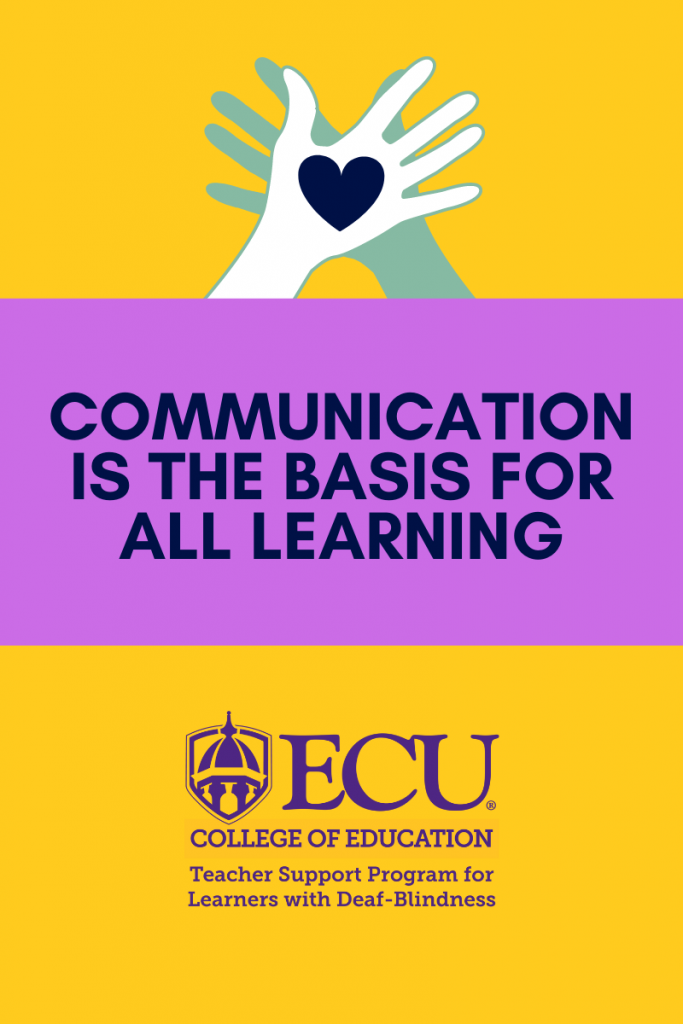
Many of us have played the game of Charades. It’s when a person acts out words or phrases and players have to guess what the person is trying to communicate. The person is not allowed to use verbal communication to give hints to the players. The participants must determine the word or phrase based on the person’s physical communication methods. In other words, communication is the basis for winning. Players need to also have background knowledge about the term. Imagine if you had never heard of the given word or phrase, it would be pretty difficult to play the game.
Have you ever carried out a lesson and thought afterward that you had not reached your students? Think back about the lesson. Did everyone have methods to communicate, both receptively and expressively? Are the terms used in the lesson familiar to the student or do they first need background knowledge of those terms? If not, chances are, you just went through the motions of your lesson, benefiting no one. As in Charades, students need to understand the lesson receptively, be able to communicate expressively, and have background knowledge to be a part of the learning process.
I’ve had that same feeling of carrying out a lesson where no one benefitted. I had to make a change to ensure that the individual communication modes were being addressed. I also had to determine the best format for students to actively participate in the lesson/activity. If they weren’t participating, they weren’t learning. As discussed in the last blog “Know Your Learner”, we’ve got to do our homework. Otherwise, we are not teaching effectively.
“Don’t underestimate me. I know more than I say, think more than I speak, and notice more than you realize.”
~Author Unknown
You cannot fully determine a learner’s abilities until you determine their communication mode. Students with deaf-blindness often use a variety of communication methods and will often use one mode for expressive communication and a different mode for receptive communication. The different modes of communication may include:
- Touch cues
- Object cues
- Tactile signing
- Co-active signing
- Gestures
- Pictures
- Braille
- Communication device.
- Written language (including large print).
It is critical that the team members are all aware of the student’s communication modes and work together to develop communication. Make plans to collaborate with the speech-language therapist, VI and HI teachers, occupational therapist, family, etc. to ensure that you are effectively meeting the communication and learning needs of your students. The following components are important to address:
- Collaboration with the school team to determine the most appropriate communication modes for learners with dual-sensory loss is important.
- The extent that the hearing and vision are affected.
- How language is acquired.
- How students currently use expressive and receptive communication (using assessments such as the Communication Matrix paired with conducting informal observations is very effective).
Have you had a similar experience in working with learners with deaf-blindness? How did you address the issue of discovering the appropriate communication styles/modes? Please share your experiences in working with the Communication Matrix.
Julie Brickhouse, M.Ed., NBCT, East Carolina University DeafBlind Project Teacher Support Program, Technical Assistance Consultant

